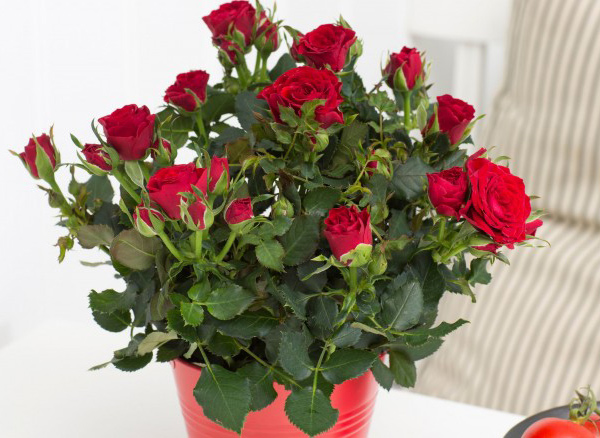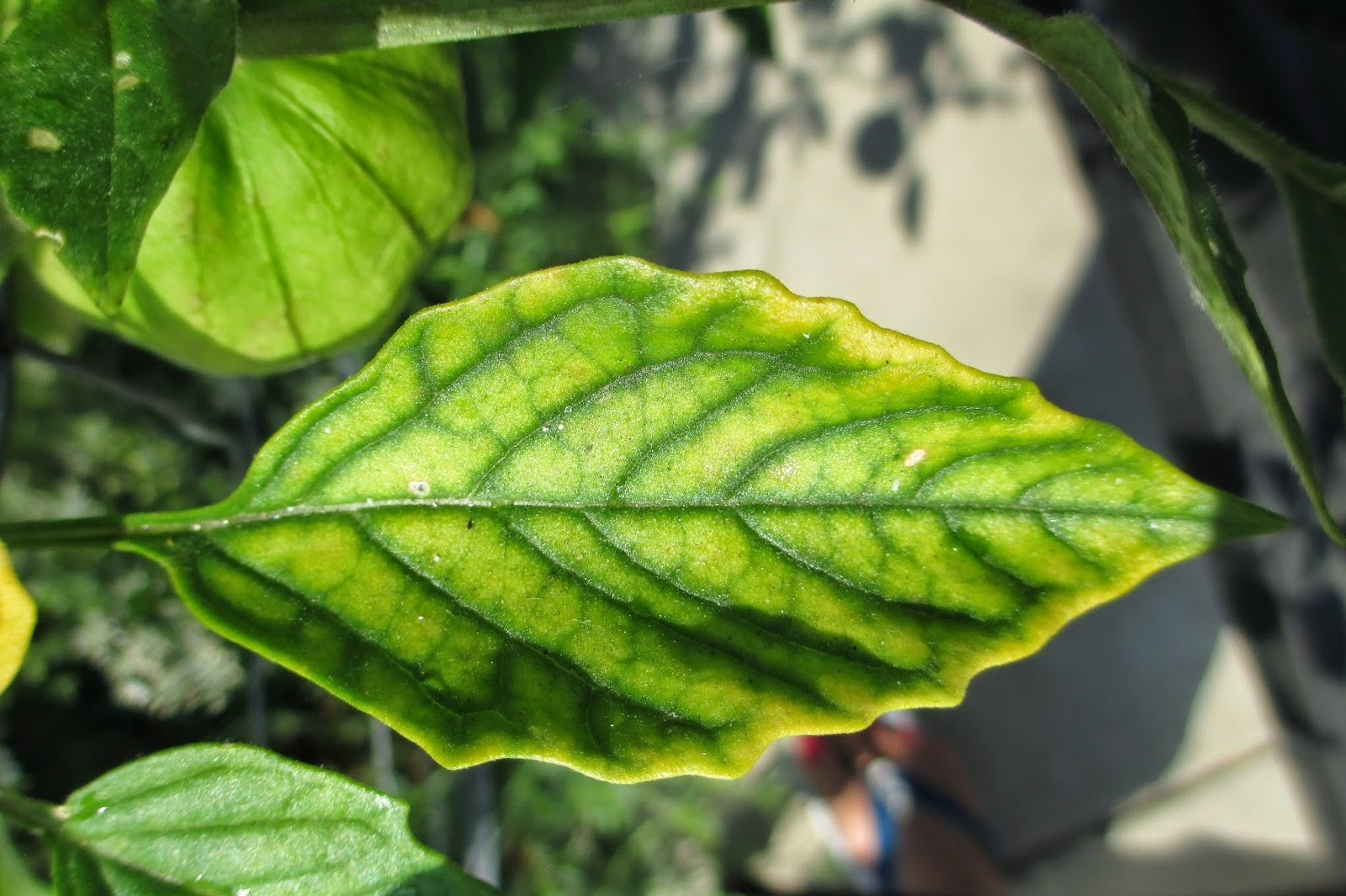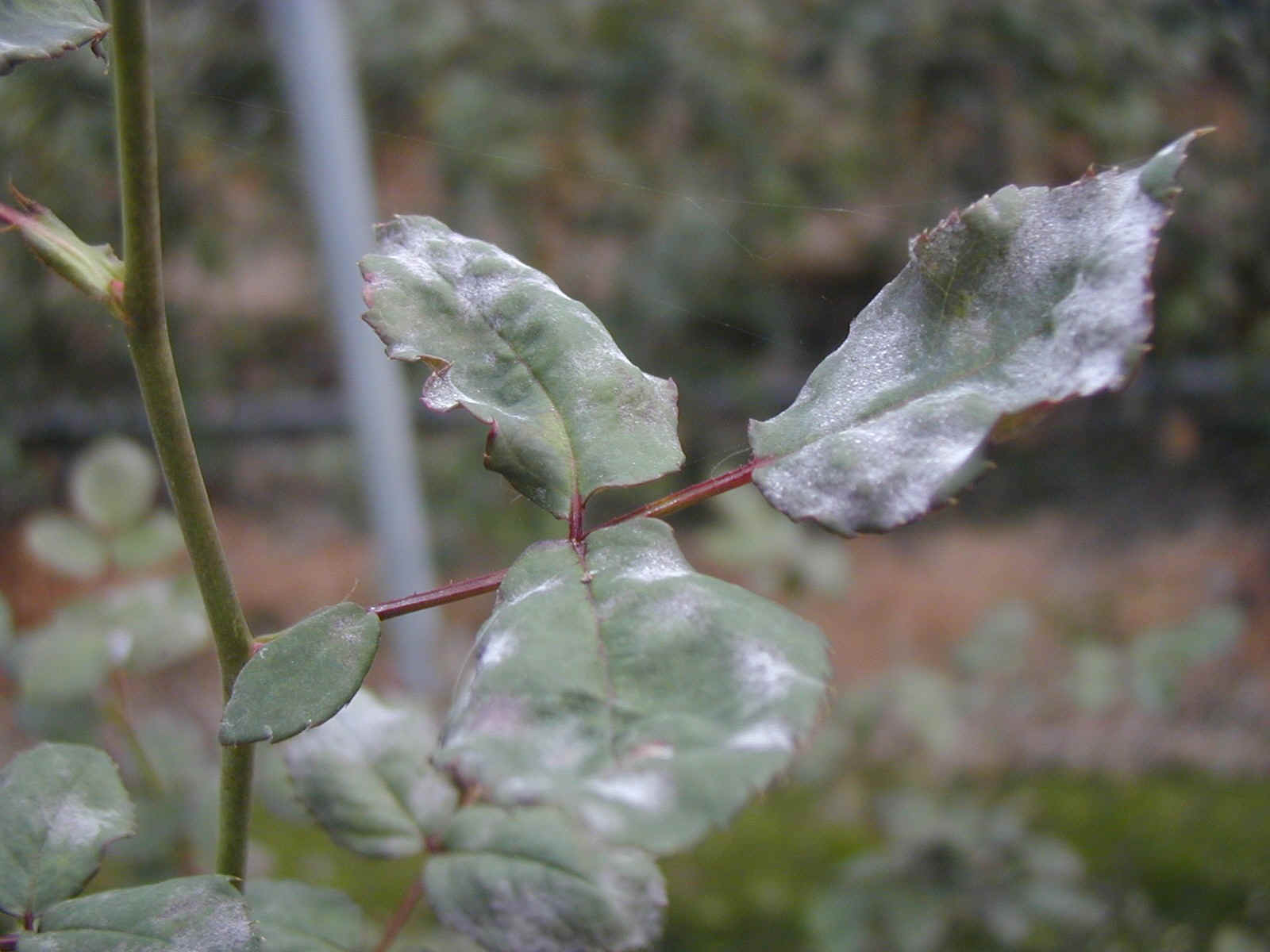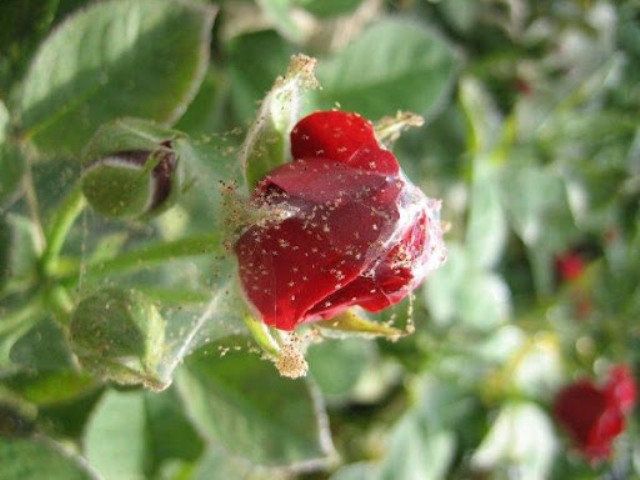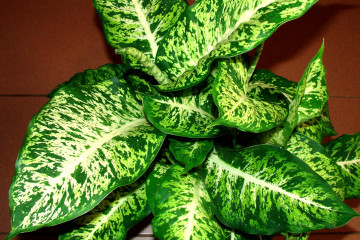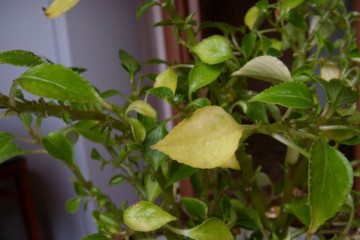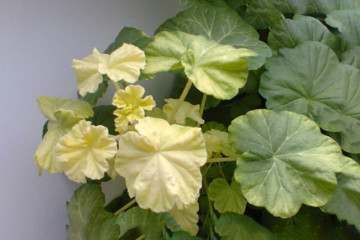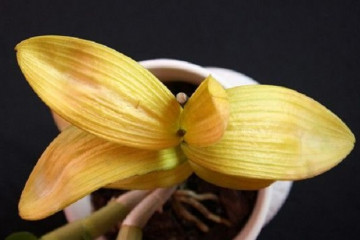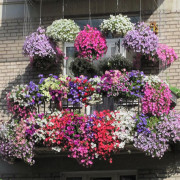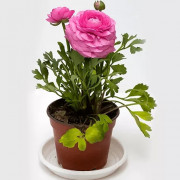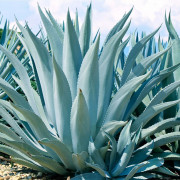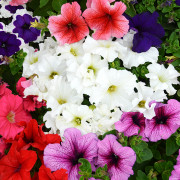Why do the leaves of a room rose turn yellow at home
Content:
- At a room rose, leaves turn yellow, dry and fall - why does this happen
- Factors detrimental to flower development
- Yellowing of roses with a lack of nutrients in the soil
- Diseases that cause yellowing of a room rose
- Yellow leaves as a result of care errors
- Pests of indoor flowers
- What to do with a home rose, treatment and preventive measures
Indoor roses are considered very beautiful plants, which is why they are grown by many growers. To achieve an attractive appearance, it is necessary to provide the plant with appropriate care. However, sometimes there are some problems. The question of why the leaves turn yellow in a room rose is considered very relevant.
At a room rose, leaves turn yellow, dry and fall - why does this happen
Indoor rose is considered a very capricious plant, which is quite demanding to care for. Therefore, a lot of attention needs to be paid to growing crops. As a rule, flower growers choose miniature varieties or tea hybrids for the house.
If the flower is not provided with optimal conditions, it will react quickly. However, its leaves may turn yellow and dry. Also, the rose can shed yellow foliage.
The health of a plant is influenced by many factors:
- location in the house,
- illumination,
- the influence of drafts,
- the composition of the soil is of great importance,
- the quality and regularity of dressings (with a lack of minerals, the appearance of the plant will deteriorate).
A less capricious culture is the Chinese rose. It is also called hibiscus or Chinese rose tree. With adequate care, the plant can become a real tree in a few years. The culture develops normally both in cool conditions and in a hot room. It can be placed in a shady place.
A healthy plant produces flowers regularly. In this case, the leaves should be green - no spots or damage. They have an even shape, without deformation. The appearance of plaque and spots of different colors indicates an infection of the culture.
Factors detrimental to flower development
To help a flowering plant, you first need to understand why the leaves of a room rose turn yellow. Sometimes the problem can be solved by simply rearranging the plant to another place. Most often, the pot has to be moved to a windowsill, which is not exposed to direct sunlight, as they can scorch the foliage.
However, there are situations where other factors are responsible for the yellowing of the foliage. These include the following:
- Using too cold water for irrigation. The rose needs liquid at room temperature.
- Exposure to drafts. It is not recommended to place the flower under an open window.
- Abundant or too infrequent watering. The rose needs optimal moisture in the soil.
- Lack of fresh air. In summer, it is recommended to take the plant pot out to the terrace or garden.
- Lack of nutrients. The rose needs systematic fertilization.
- Violation of the technique for carrying out planting works. If it is necessary to transplant a culture, this should be done very carefully.It is best to carry out the procedure in winter - for example, in February. This will facilitate the survival of the culture.
- Powdery mildew. If we are talking about a flower such as a home rose, the leaves turn yellow and fall off quite often due to the development of powdery mildew. In this case, the foliage is also covered with a white bloom. It appears when there is an excess of fertilizer or a lack of fresh air.
- Rust. In this case, tubercles appear on the plant. Excess watering and an increase in indoor temperature are the cause of problems.
- Thrips. Such pests attack crops in low humidity conditions. In this case, the leaves turn gray-yellow.
- Spider mites. Insect activity is observed in conditions of increased dry air or with a lack of space for plants.
Yellowing of roses with a lack of nutrients in the soil
The beginning of yellowing or foliage falling can be explained by the lack of useful elements in the soil. The most important substances that affect the development of culture include the following:
- Iron
A deficiency of this substance provokes the development of chlorosis. With this disease, the foliage acquires a yellow tint, decreases in size and curls.
To cope with the problem, it is worth using tools such as Ferrilene, Ferovit. The ampoule of the composition must be mixed with water and sprayed with plants.
- Nitrogen
This remedy is responsible for the condition of the green mass. Deficiency of the element provokes blanching of the foliage and its gradual yellowing.
A special need for the element of roses is experienced in spring. In this case, you need to add ammonium nitrate. It is also permissible to use a combined composition.
- Potassium
With a lack of this element, the leaves of the plant dry out. In this case, the veins remain green. After a certain time, the leaf plates turn completely yellow and turn red-violet.
The rose should be fed with potassium magnesium. A large amount of potassium provokes developmental delays.
- Manganese
The affected foliage acquires a yellow tint between the veins - from the edges to the central part. A green border appears around the veins. In this case, only old leaves turn yellow. The rose needs to be fertilized with manganese sulfate and deoxidized the soil. You can add peat to it. Ammonium sulfate is also suitable.
- Magnesium
If there is not enough of this substance, dark red spots appear between the veins. The edges of the leaves remain green. At the same time, their fall is observed.
To avoid such problems, you need to regularly add ash to the soil. Magnesium sulfate is also suitable. At the same time, an increased content of the substance provokes a violation of the assimilation of potassium.
Diseases that cause yellowing of a room rose
If the rose is kept in unfavorable conditions, the risk of developing viral or fungal pathologies increases significantly. To cope with the problem at the initial stage, you need to periodically inspect the plants.
The most common diseases that a room rose is susceptible to include the following:
- Rust. The fungus affects the entire bush. Rusty growths can be seen on the underside of the leaves, spreading spores. The affected areas should be removed, and the rose should be thinned. Bordeaux liquid and copper sulfate will help to cope with the problem.
- Black spot. In this case, the bush becomes covered with brown spots, which subsequently merge with each other. When pathology appears, the affected shoots and leaves must be removed, and the bush itself must be treated with immunostimulating agents.
- Powdery mildew. This is the most common fungal infection. In this case, the affected foliage is covered with a white or gray bloom. Fungi thrive in a warm and dark place.The bush should be sprayed with Gamair.
Yellow leaves as a result of care errors
Leaves may turn yellow and fall off due to violations of the rules of care. To avoid problems, it is worth controlling temperature parameters, lighting, watering.
Lack of lighting
The plant can hardly tolerate exposure to direct sunlight. At the same time, it feels great in the fresh air. Therefore, in June, the bush should be taken out to the balcony or garden, but shade a little.
Wrong soil
The rose needs loose soil that allows moisture and water to pass through well. It is important to avoid stagnant liquid near the roots.
To plant a plant, it is worth mixing turf and humus in equal parts. Also, you need to add a little sand to the composition. Be sure to place a drainage layer on the bottom of the pot.
Eating disorder
The plant needs periodic fertilization. If a crop is deficient in nitrogen, its leaves turn pale and become covered with yellow veins. Also, a negative effect on the bush is potassium deficiency.
The temperature in the room is not suitable
When growing a crop, it is important to ensure that the rose pot does not overheat. In the summer it is worth taking it out to the balcony. In winter, the bush can be at room temperature.
Drafts have a detrimental effect on indoor plants.
The rose reacts negatively to the effects of drafts, but at the same time needs fresh air. To provide the plant with comfortable conditions, it is permissible to make a paper cylinder and wrap the pot with it.
Pests of indoor flowers
Despite growing a crop at home, there is always a threat of pest damage. Most often, the rose suffers from such parasites:
- Spider mite. This pest is quite common. It is a small insect that reaches a length of 1 mm. At the initial stage, the symptoms of damage to the bush are not visible. Then the leaves become marbled, covered with cobwebs.
- Thrips. These parasites reach 2 mm and have an elongated body. When the bush is affected, the leaves turn yellow and lose their color. Brown spots appear on the underside of the foliage. There is also a risk of deformation and twisting.
- Aphid. These small insects reach a length of 4 mm. Parasites are green, red, yellow, white, black. If the culture is damaged, there is a risk of loss of the shine of the shoots. The leaves are deformed and turn yellow. The buds wither and do not open.
If the leaves of a home rose turn yellow and fall, what should be done in such a situation? First of all, it is recommended to isolate the affected bush.
In case of severe damage to the bushes, you will have to use chemical agents. These include Akarin, Vermitic, Neoron. Such funds must be used strictly according to the instructions.
Depending on the degree of damage, up to 3 treatments may be required, which are carried out with an interval of 5-10 days.
What to do with a home rose, treatment and preventive measures
If the plant has problems, it is necessary to take timely measures. To destroy infection and disease, the bush should be treated with fungicides. This will help deal with black spot and powdery mildew. It is best to use funds that have a systemic effect. It is recommended to remove the affected plant fragments before the procedure.
The rose can hardly tolerate the effects of dry air.Therefore, she will need additional moisture. In the summer, it is recommended to spray the bush every day if it remains indoors. You can put containers with water on the windowsill.
If there is a lack of nutrients, fertilizers must be applied. When the bush is weakened, top dressing is strictly prohibited. After the culture is restored, it can be fertilized again.
The yellowing of the leaf blades in a domestic rose can be associated with a variety of factors. In order for a culture to grow and develop normally, it needs to be provided with comprehensive care. This will help avoid infection by infections, exclude attacks of parasites. This will keep the leaves beautiful and green.

